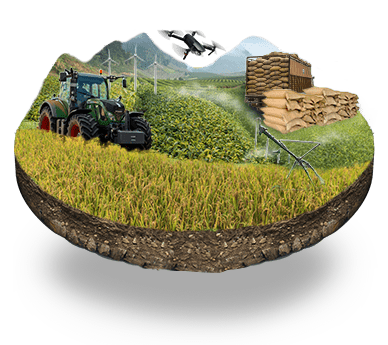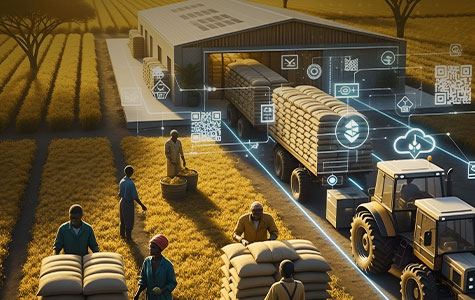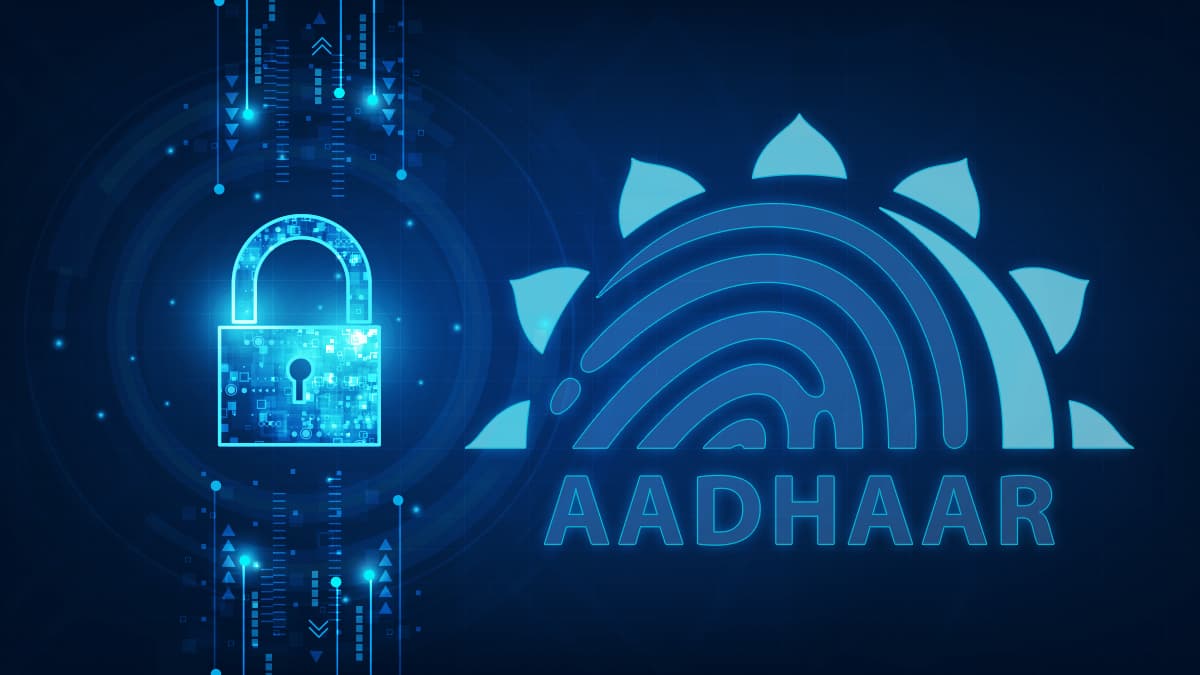Ever thought why food security is such an immense challenge for governments? That’s because the buck doesn’t stop with a surplus food grains production. When you have myriad mouths to feed, the post-harvest challenge gets complex. To navigate this challenge, governments have set up elaborate Public Distribution Systems (PDS).
Odisha was swift to switch over to the digital for distributing subsidized food grains. Buying in the recommendations of the Supreme Court appointed Wadhwa Committee, the state government introduced Departmental Storage System (DSS) combined with doorstep delivery of food from April 1, 2012. The Odisha State Civil Supplies Corporation (OSCSC) took over the task, replacing the private storage agency, signaling a new wave of state anchored reforms.
Under this reformed system, the Departmental Storage Centre (DSC) of OSCSC is the epicenter of activity. It receives stocks from different sources, manages them scientifically, does inventory management and issues stocks to Fair Price Shops for onward distribution to consumers.
.webp)
Inception of Supply Chain Management System (SCMS) application
As many as 250 depots owned by OSCSC have been earmarked as Departmental Storage Centres (DSCs) and are also called Rice Receiving Centre-cum-Departmental Storage Centre (RRC-cum-DSC). Fair Price Shops of blocks and Urban Local Bodies (ULBs) have been tagged to the RRC-cum-DSCs depending upon the capacity of the depot, monthly allotment of food grains required for the concerned Block/ULB and distance between the depots & the Block/ULB. The RRC-cum-DSCs receive rice from various sources (Mills, other State Agencies, and other Districts & FCI depots), wheat from FCI depots & Sugar from Sugar Zonal Depots. The DSC I/C (In-Charge), usually a Procurement Inspector, is entrusted with the scientific storage of stocks with proper inventory management. S/he is responsible for distribution of PDS items to Fair Price Shop Retailers tagged to the DSC as per their allotment and on receipt of cost of PDS items. As bigger & scientific depots constructed under various schemes are being made available to OSCSC, a large number of smaller depots are being de-hired. Resultantly, the number of RRC cum DSCs in use is shrinking and is likely to reduce further.
Challenges in the legacy system
- Sourcing real-time information since the system was in offline mode till March 2019
- The system was not integrated with any portal to extract and feed information on real-time basis
- Security of Data was not ensured
- Monitoring stock position of godowns in offline mode was a challenge
- Limitation in system design to scale up for new features.
How a connected system dispelled worries
The new system was designed to navigate successfully the challenges of the long standing legacy system. Getting real-time weighment details at godowns and the stock position issued from stack is hassle free since the system is integrated with the weighbridge and ePOS machine at depots. What’s more, the system is a one-stop platform which enables integrated mode to run along with the state’s Paddy Procurement Automation System (PPAS), the National Food Security Act (NFSA) Portal, SAP, Distribution system and Online Billing Management system. It facilitates online deposit for lifting grains by FPS/Institutions, and acceptance confirmation from FPS points.
The key highlights of the system are:
- Online management of lifting plan across state which includes One Nation One Ration Card (ONORC) scheme
- Mobile App based Stock verification and inspection by authorized officers at Godowns
- Hyper ledger Blockchain-based solution that secures critical transactions and prevents tampering, thus creating a chain to trace movement of rice
- QR Code based Gunny Bag Monitoring from miller to depot and from depot to FPS point.
Future-proofing our food stocks
If digitization and connected systems brought in watershed reforms in the food distribution system, the next phase could see more automation to deliver food with delight. We are staring at a possibility of integration with Freight Operation Information System (FoIS) of the Indian Railways for tracking rake movement and e-Vahan integration for authentication of vehicle details. Plans are afoot for Vehicle tracking system enabled with GPS. Data Analytics can be a powerful tool to forecast grain movement. Think tech for a food secure world, and you have possibilities aplenty!
































We will verify and publish your comment soon.